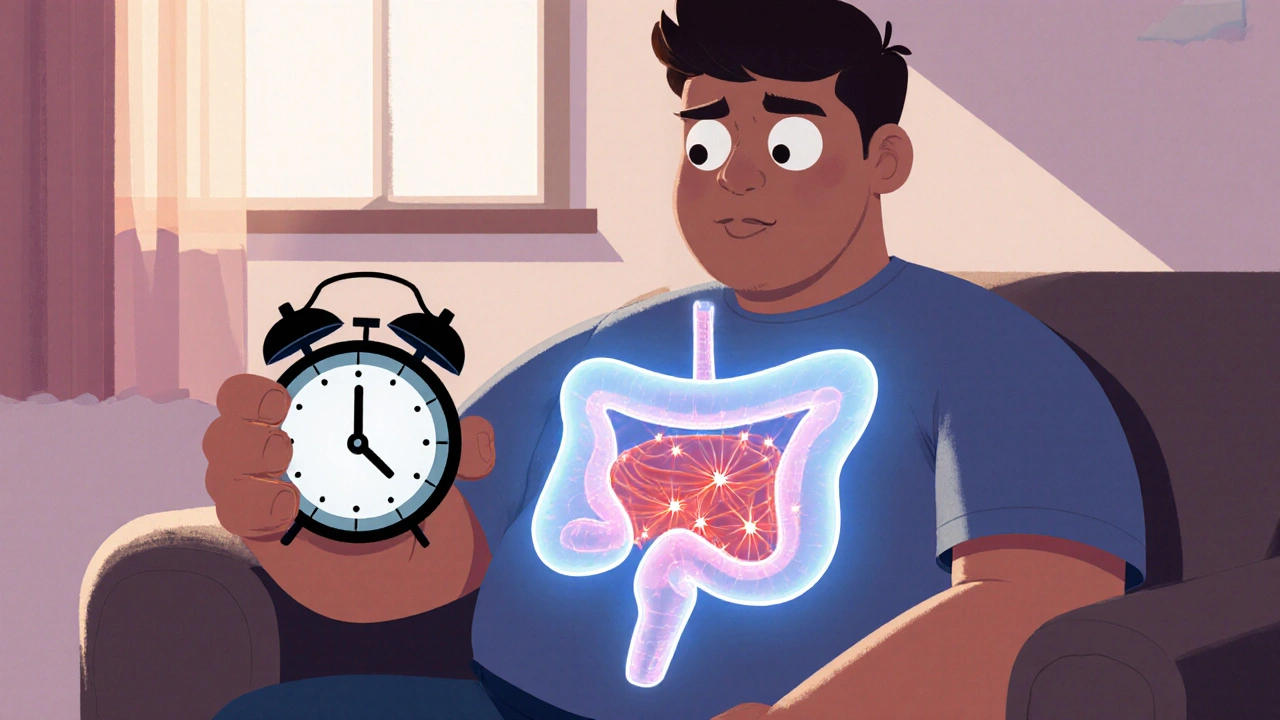Learn how bladder training can reduce urinary tract muscle spasms, improve bladder control, and complement other therapies for overactive bladder.
Read more
When you think of core strength, you probably picture abs or planks. But your pelvic floor, a group of muscles that stretch like a hammock from your tailbone to your pubic bone. Also known as Kegel muscles, these muscles hold your bladder, bowel, and uterus in place—and when they weaken, everyday activities like laughing, coughing, or climbing stairs can lead to leaks. This isn’t just a women’s issue. Men after prostate surgery, people who lift heavy weights, and even those who’ve had chronic constipation can suffer from a weak pelvic floor. The good news? You don’t need surgery or expensive gear. Simple, daily pelvic floor exercises can rebuild strength and restore control.
These exercises target the same muscles you use to stop urine mid-flow or prevent passing gas. Doing them right matters more than doing them often. Many people squeeze their glutes or thighs by mistake, which does nothing for the pelvic floor. The key is isolation: breathe in, then gently lift and hold those muscles for 3 to 5 seconds, then release. Repeat 10 times, three times a day. Over weeks, you’ll notice fewer accidents, better sexual sensation, and less lower back strain. It’s not flashy, but it works—just like brushing your teeth. Studies show consistent practice reduces urinary incontinence by up to 70% in women and helps men regain control after prostate surgery.
People often delay talking about pelvic issues because they’re embarrassing. But if you’ve ever rushed to the bathroom, worn a pad just in case, or avoided sex because you’re afraid of leaking, you’re not alone. These problems are common, treatable, and rarely discussed. That’s why the posts here focus on real solutions: how pelvic floor exercises help with postpartum recovery, how they interact with medications for overactive bladder, and why combining them with lifestyle changes like weight management or reducing caffeine makes a bigger difference than either alone. You’ll also find advice for men dealing with incontinence after surgery, tips for doing these exercises correctly without a trainer, and how to track progress without feeling discouraged. No jargon. No fluff. Just what actually helps.

Learn how bladder training can reduce urinary tract muscle spasms, improve bladder control, and complement other therapies for overactive bladder.
Read more